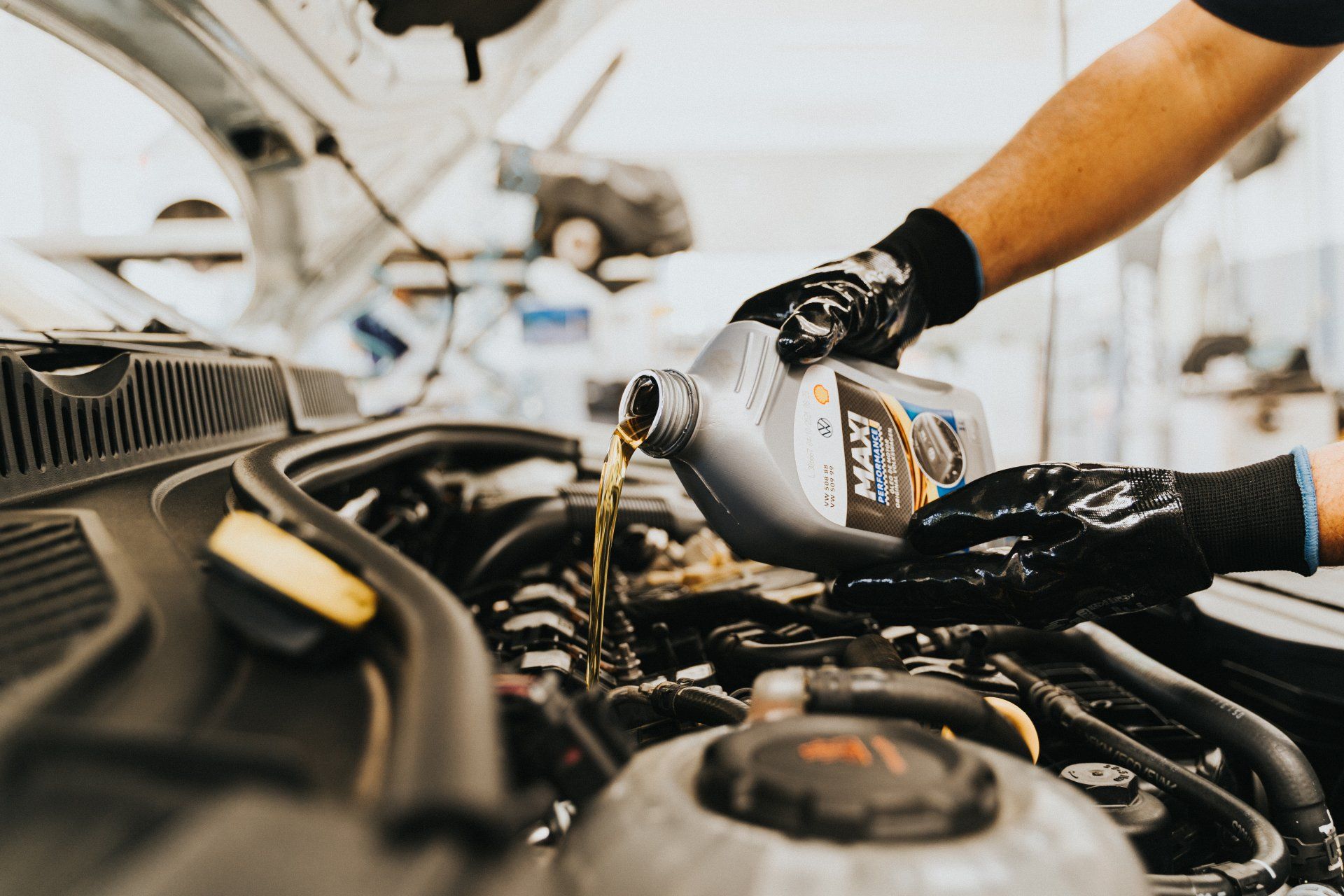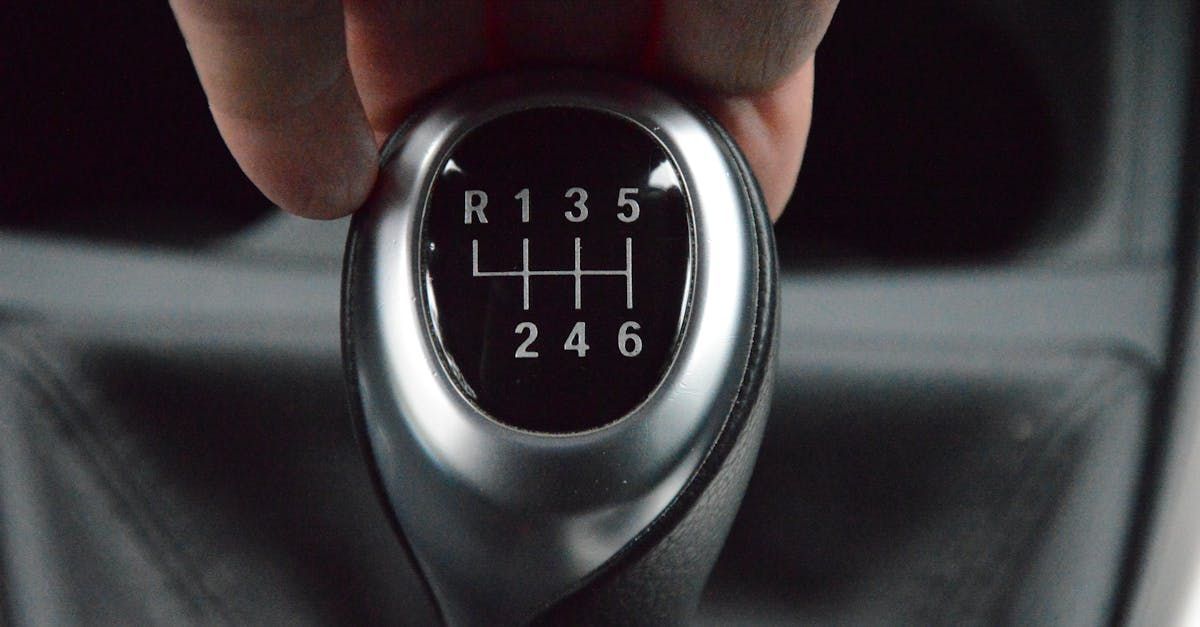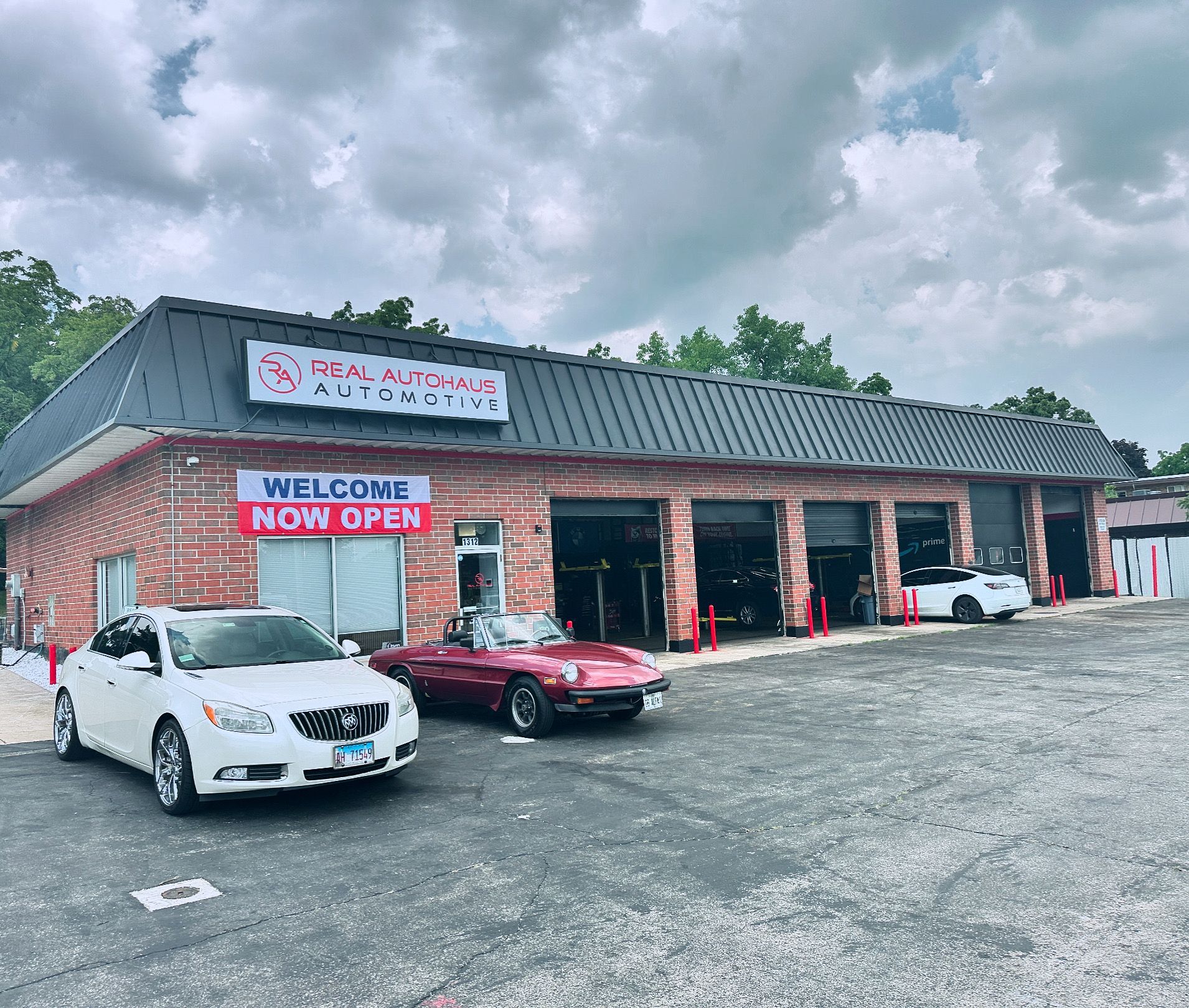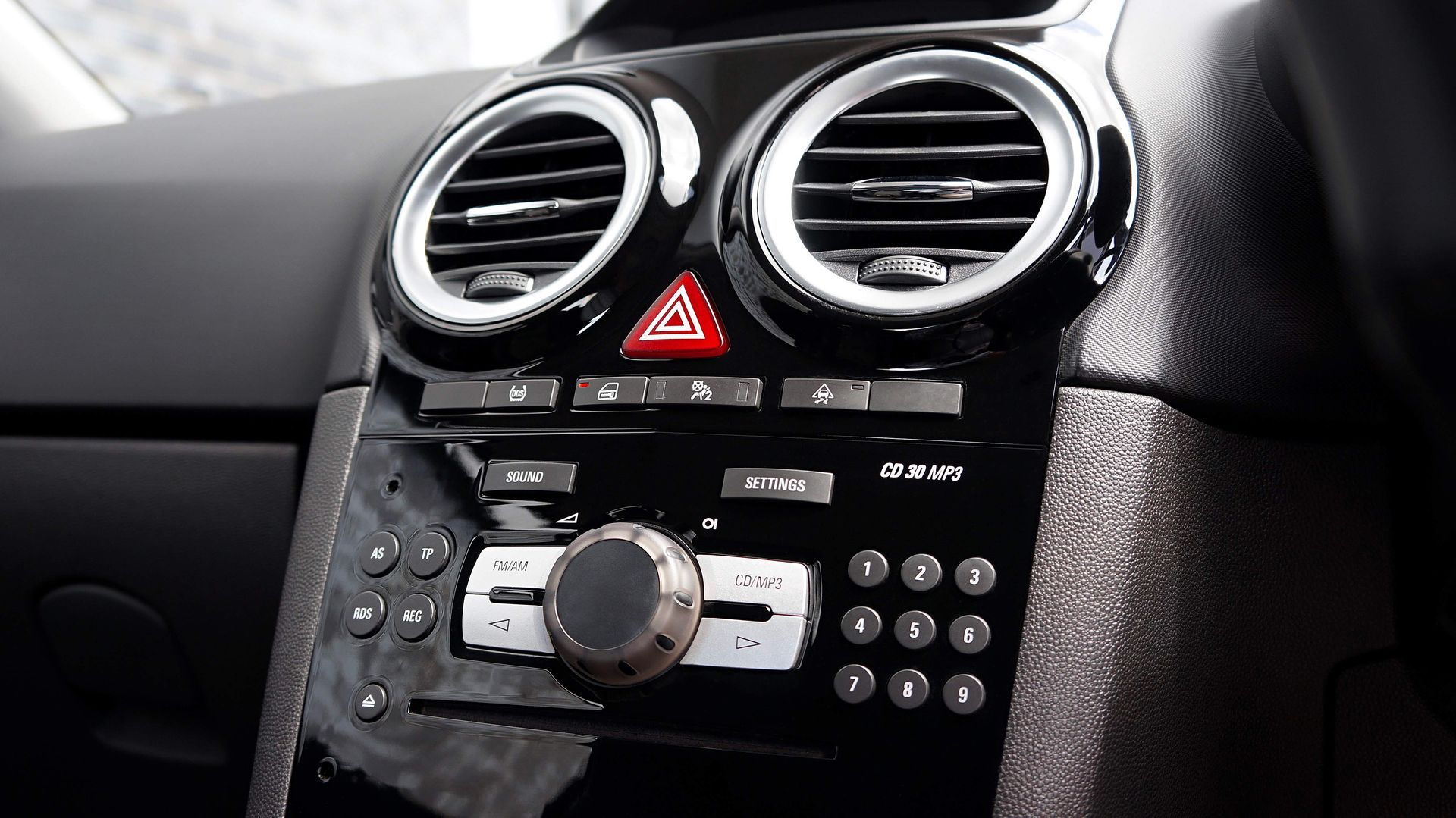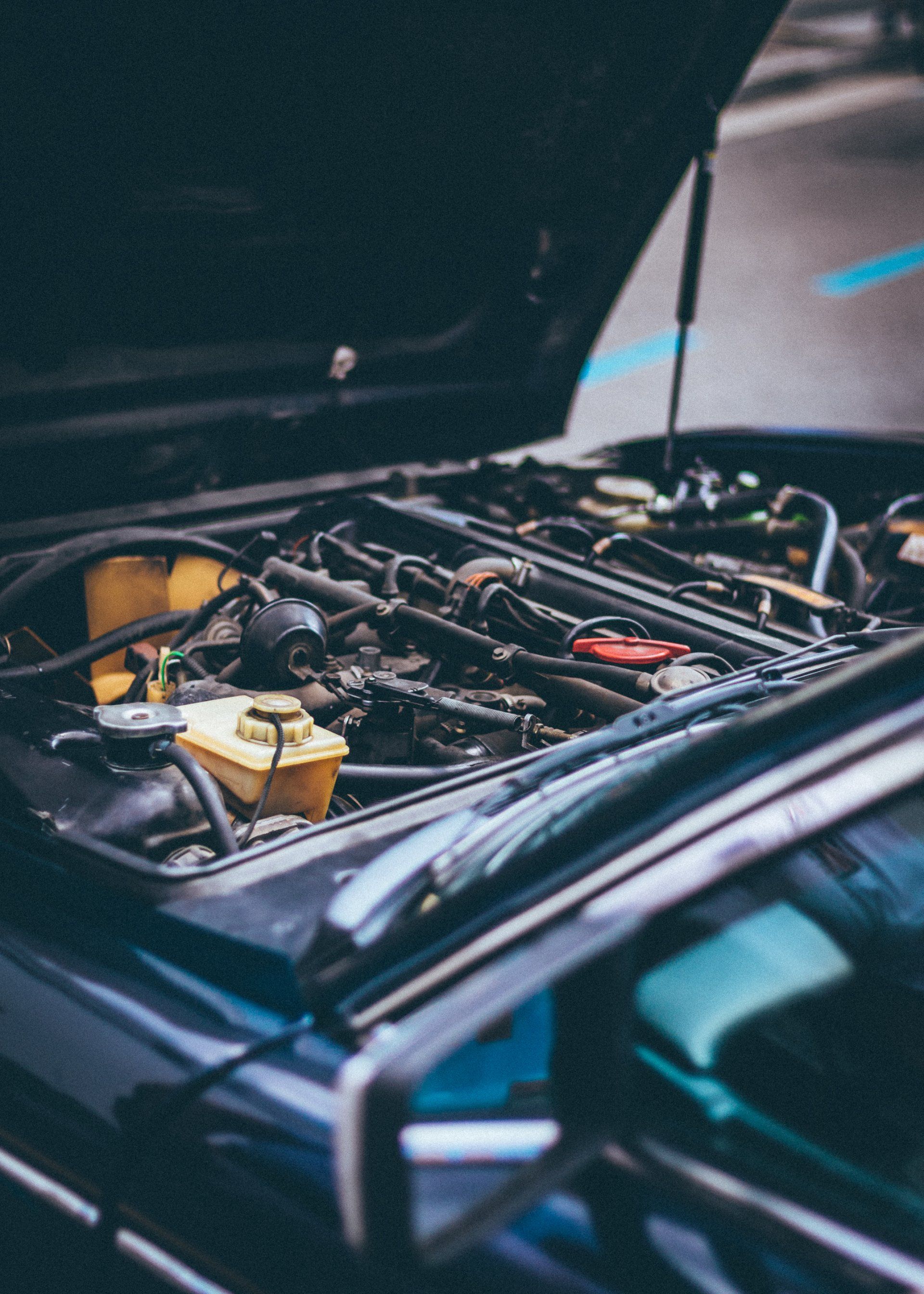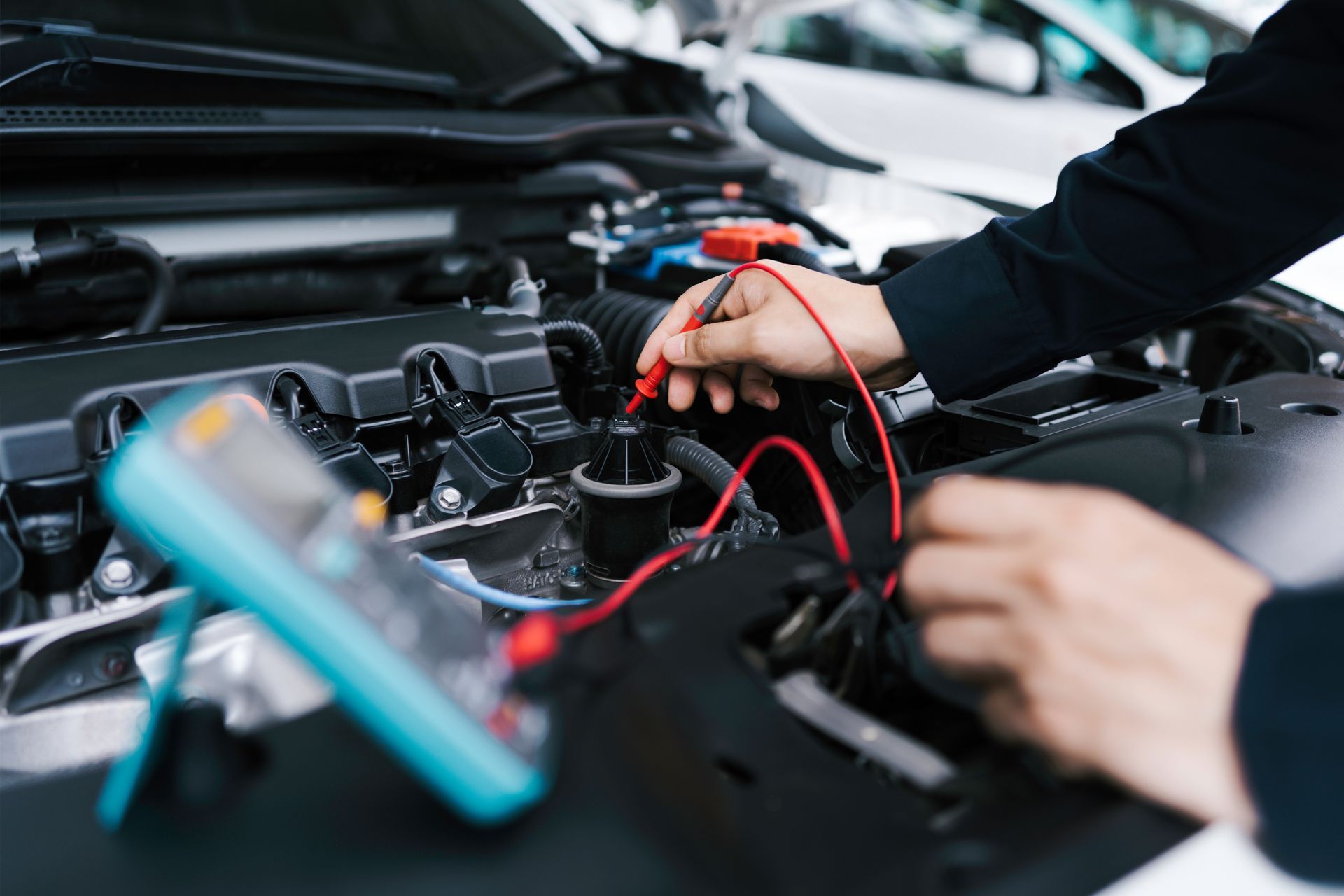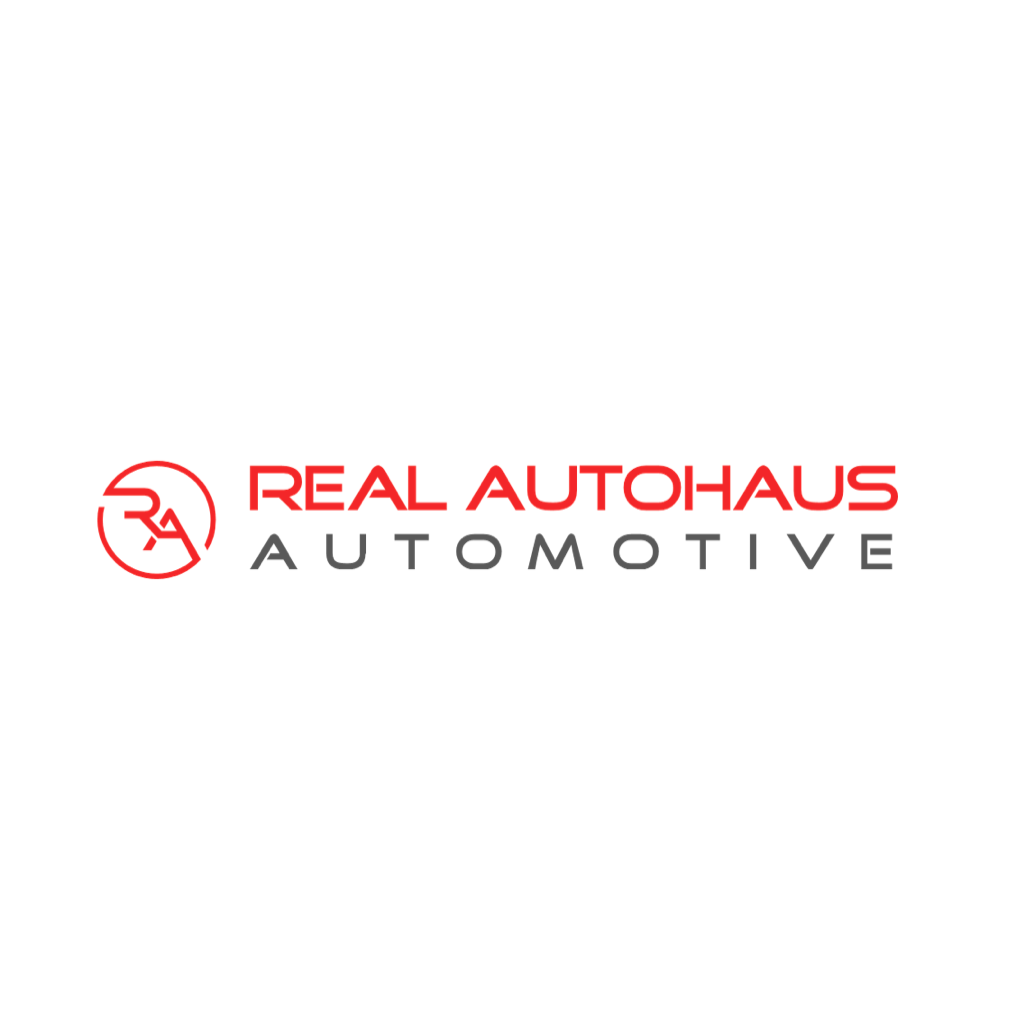Which is better, 4WD or 2WD?
Which is better, 4WD or 2WD?
All passenger vehicles sold in the U.S. starting with the 2012 model year come equipped with electronic stability control, which along with traction control significantly improves road-holding capabilities regardless of the drive wheels. Even so, we have found there are distinct differences in the driving, and traction, characteristics among drive types.
If you’re looking for maximum grip, we’ve found that all- and four-wheel-drive systems provide superior traction in some slippery conditions. Here’s how the different systems work:
Front-wheel drive Most passenger vehicles on the road today use front-wheel drive (FWD), where the engine’s power is routed to the front wheels. In fact, all but a handful of SUVs are primarily front-wheel drive vehicles, with additional components that send some power to the rear wheels as the need arises. Front-wheel drive designs are cheaper to manufacture and more space-efficient than rear-drive systems. Plus, FWD has the added advantage of better traction while climbing hills because the engine’s weight is poised over the front wheels. From a packaging standpoint, front-drive also precludes the need for a space-robbing driveline hump running down the middle of the cabin floor.
Rear-wheel drive Rear-wheel drive (RWD) is commonly found on pickups and old-school truck-based SUVs, along with sports cars and high-performance and luxury sedans. For trucks, RWD allows the use of bulky, heavy-duty components, and it provides better traction with a hefty load. On a performance car, rear-wheel-drive improves handling by balancing the car’s weight more evenly front to rear. And because the front wheels don’t have to do double duty—both driving and steering—designers can optimize the suspension for handling prowess. However, RWD provides less traction on slippery roads. These days, most high-end cars offer all-wheel drive either standard or as an option.
All-wheel drive As the name implies, all-wheel drive (AWD) feeds power to each corner. Depending on the system (designs vary), AWD can provide maximum forward traction during acceleration. It is especially helpful in sloppy road conditions and when driving over moderate off-road terrain. It can help get you going and keep you moving through mud, sand, and other loose surfaces. Most AWD systems deliver power primarily to one set of wheels, front or rear. When slippage is detected at one axle, power is diverted to the other axle, in hopes of finding more traction there.Not all AWD systems are equal. Subaru’s AWD system always directs at least 20-percent of the engine’s power to the rear, and it can direct a larger amount aft if needed. Many other systems fitted to front-wheel-drive vehicles operate with 100 percent of the power normally going to the front wheels; the rear wheels then only receive power only when the front wheels start slipping. AWD systems are especially helpful in rapidly changing conditions or when driving on a road with intermittent snow and ice. It is commonly used for car-based SUVs, as well as certain cars and minivans. (See our list of best AWD vehicles.)
Four-wheel drive Although four-wheel drive (4WD) and AWD are designations that are often used interchangeably in advertising and sales literature, there is a difference. Generally, 4WD is optimized for severe off-road driving situations such as climbing over boulders, fording deep water, and tackling steep hills with loose, low-traction surfaces. Most 4WD systems have high and a low gear range, the latter used to increase low-speed climbing power. Some have differentials (which allow left and right wheels and front and rear axles to turn at different speeds) to be locked for maximum traction. Modern 4WD systems are either full-time, which means they stay engaged; automatic, where the vehicle automatically switches between two- and four-wheel-drive mode; and part-time, which require the driver to manually shift between two- and four-wheel drive. Vehicles with a part-time system shouldn’t be driven on dry pavement when in 4WD mode, which could risk damage to the vehicle’s drivetrain.Aside from serious off-road enthusiasts, most drivers never come close to needing the capability that 4WD systems provide over and above AWD systems.
What do I need? For rain and very light snow, 2WD will likely work fine, and for most vehicles, front-wheel drive is the preferred setup. (For performance cars, RWD is preferred, but AWD, if available, can increase traction. AWD is fine for most normal snow conditions or for light-duty, off-pavement excursions. If you’ll be driving in severe snow or true off-road situations, or if you’re interested in pursuing off-roading as a hobby, you should opt for a vehicle with 4WD and lots of ground clearance. Keep in mind that both AWD and 4WD systems add considerable weight to a vehicle, compromising fuel economy.
Is AWD safer? Not necessarily…One of the reasons many people buy a traditional sport-utility vehicle is for the extra security and traction of four-wheel drive. Many drivers don’t realize the limitations of AWD and 4WD, however. Though having power delivered to all four wheels increases straight-line traction, it does nothing to improve cornering or braking. Drivers are often fooled when driving in slippery conditions with an AWD or 4WD vehicle, not realizing how slippery conditions may be when driving, only to discover they are going way too fast when trying to stop. Because the added traction of 4WD can allow a vehicle to accelerate more quickly in slippery conditions, drivers need to be more vigilant, not less. Slippery conditions demand extra caution, no matter what you drive.In many cases, having good tires is more important than the drive wheels. Winter tires, for instance, actually do help you turn and stop on a snowy road—things that AWD doesn’t help with. Thanks for reading!
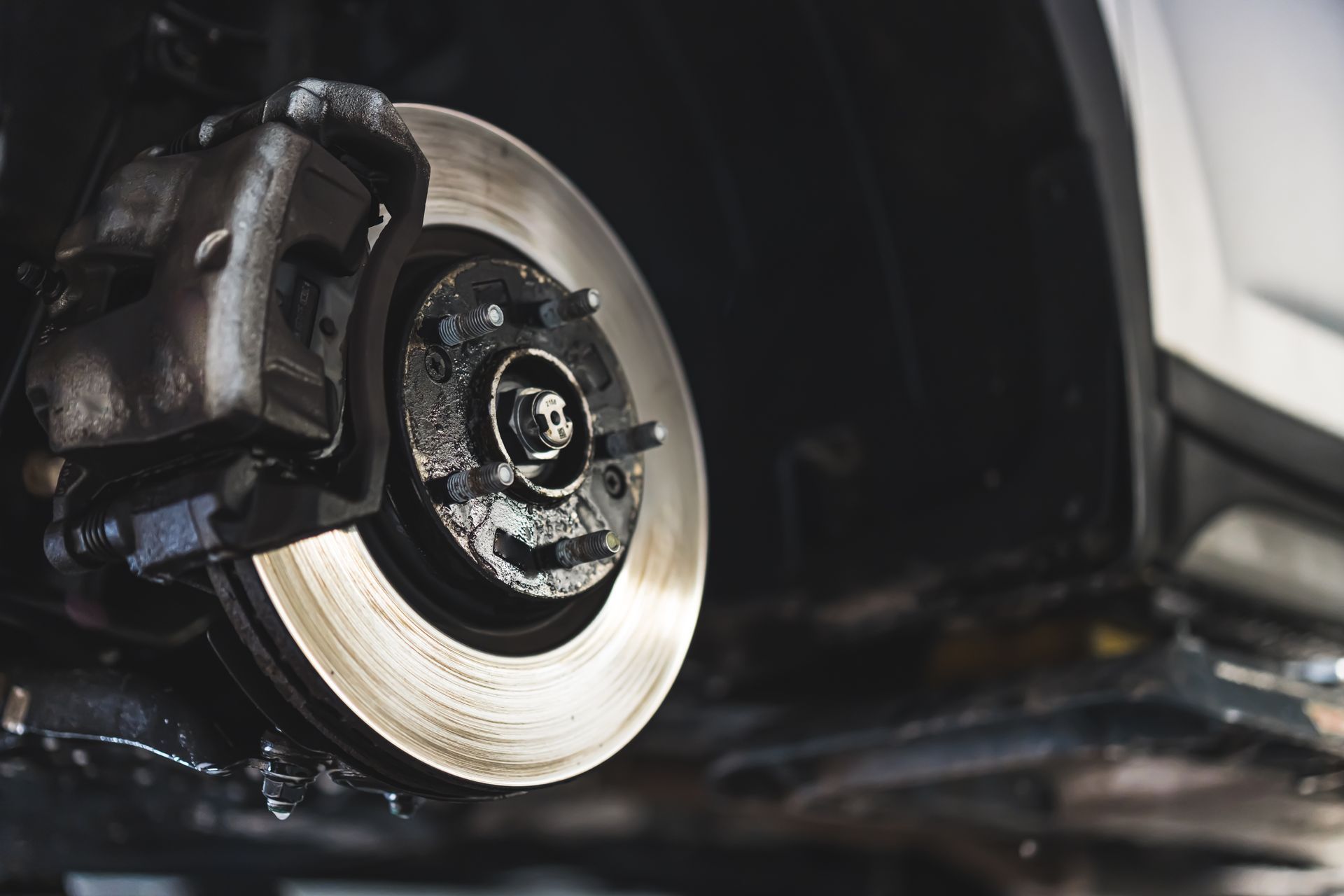

Services
List of Services
-
Air Condition ServicesAir Condition Services
-
Car Repair EstimateCar Repair Estimate
-
Car Battery Replacement & ServiceCar Battery Replacement & Service
-
Brake RepairBrake Repair
-
Computer DiagnosticsComputer Diagnostics
-
Engine ServicesEngine Services
-
Fleet ServicesFleet Services
-
Oil Change ServiceOil Change Service
-
Electric Vehicle ServicesElectric Vehicle Services
List of Services
-
Air Condition ServicesAir Condition Services
-
Car Repair EstimateCar Repair Estimate
-
Car Battery Replacement & ServiceCar Battery Replacement & Service
-
Brake RepairBrake Repair
-
Computer DiagnosticsComputer Diagnostics
-
Engine ServicesEngine Services
-
Fleet ServicesFleet Services
-
Oil Change ServiceOil Change Service
-
Electric Vehicle ServicesElectric Vehicle Services
